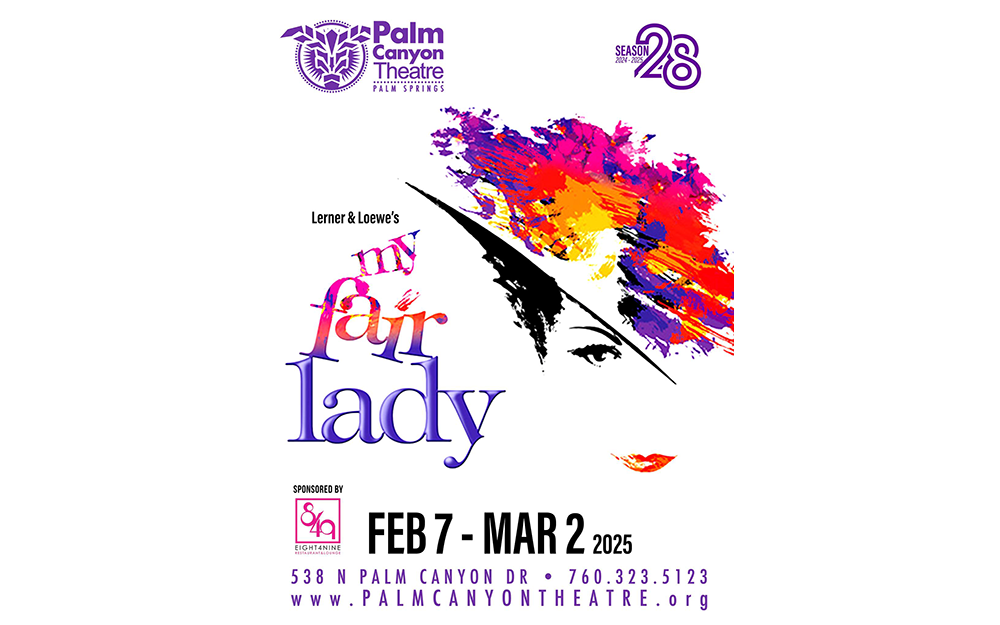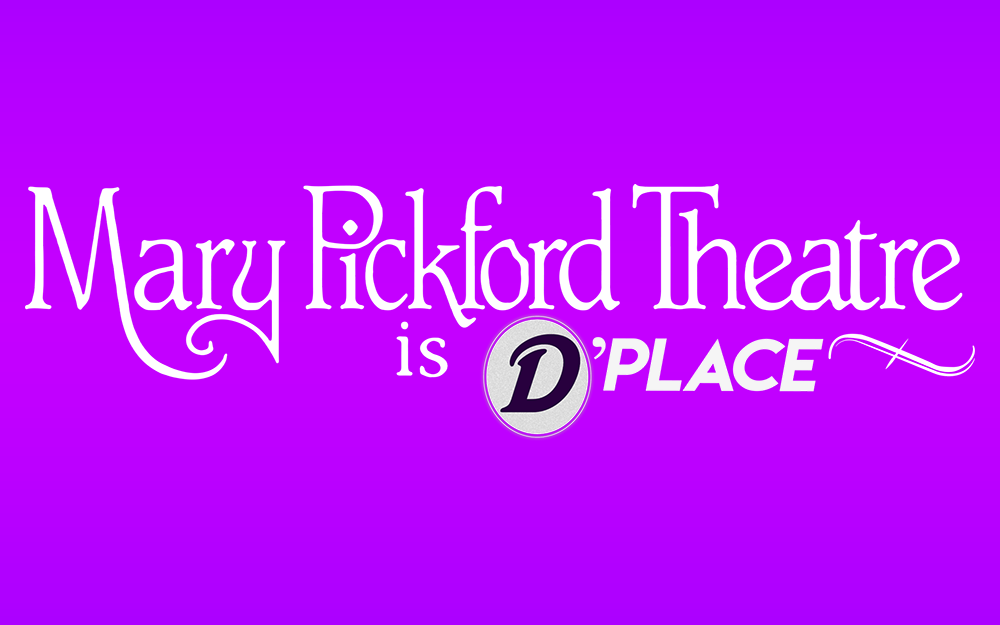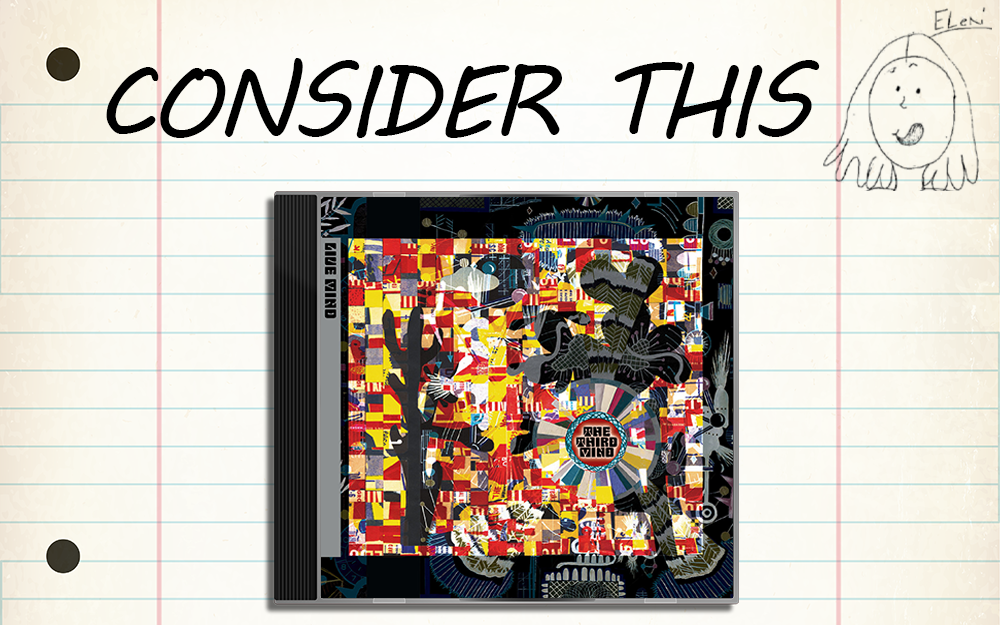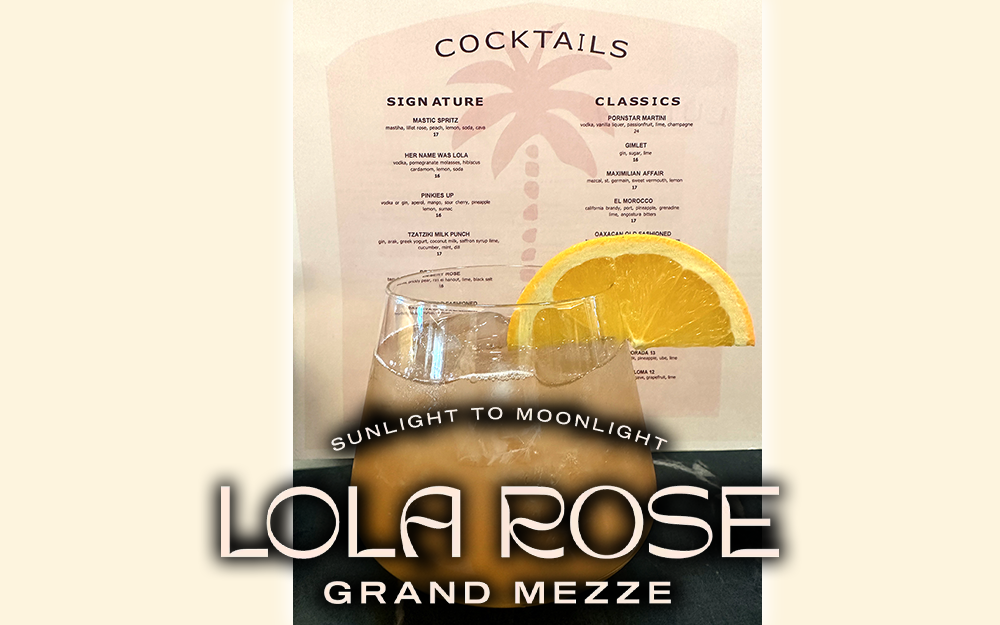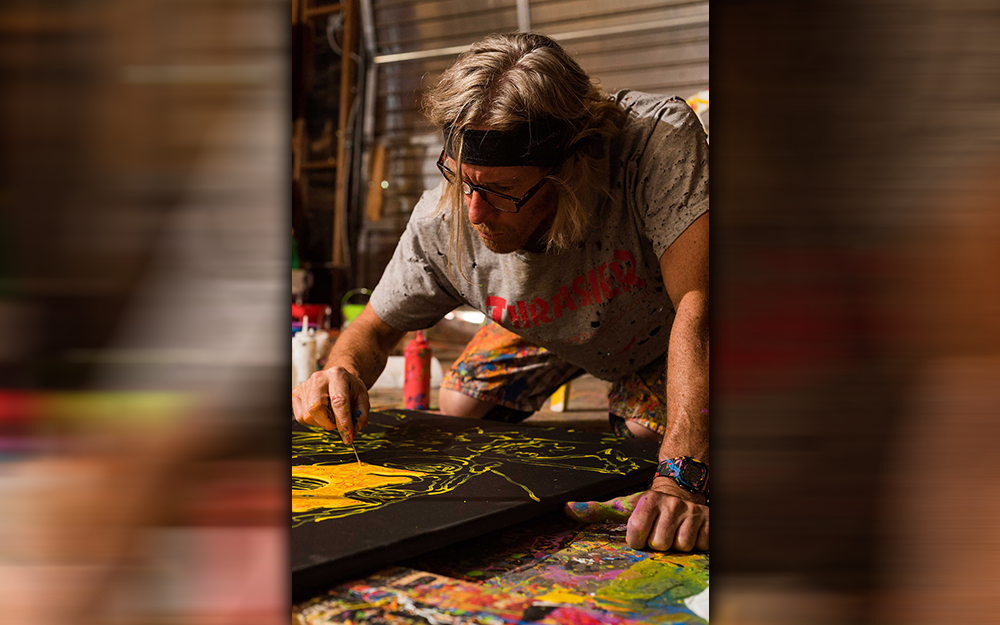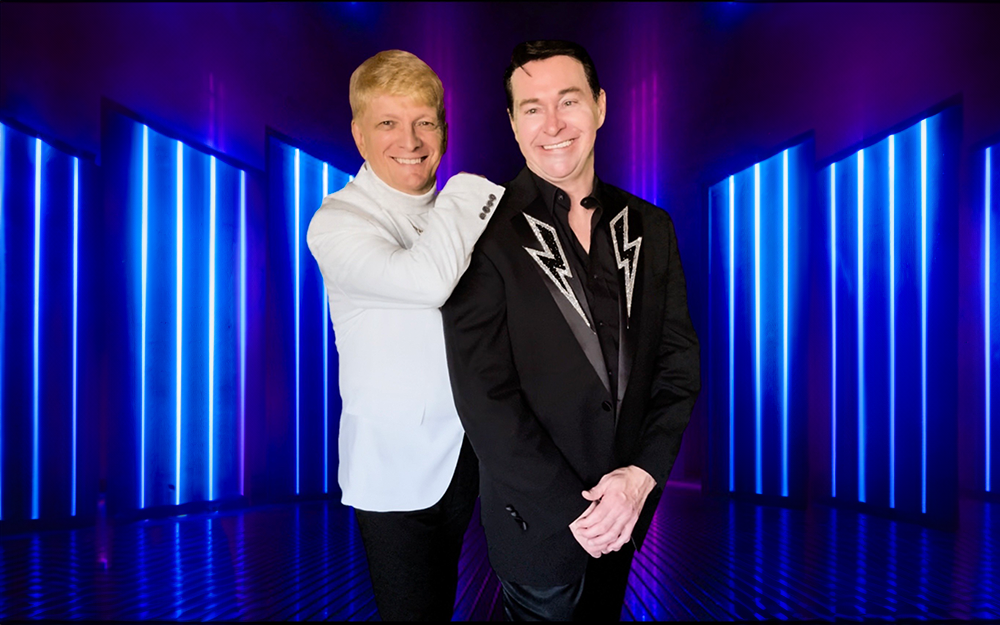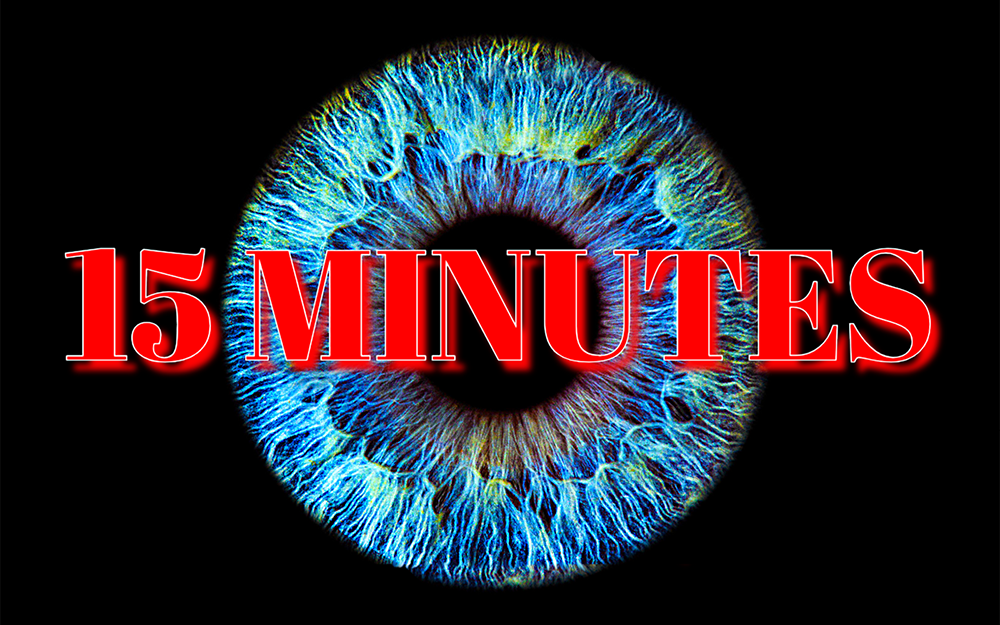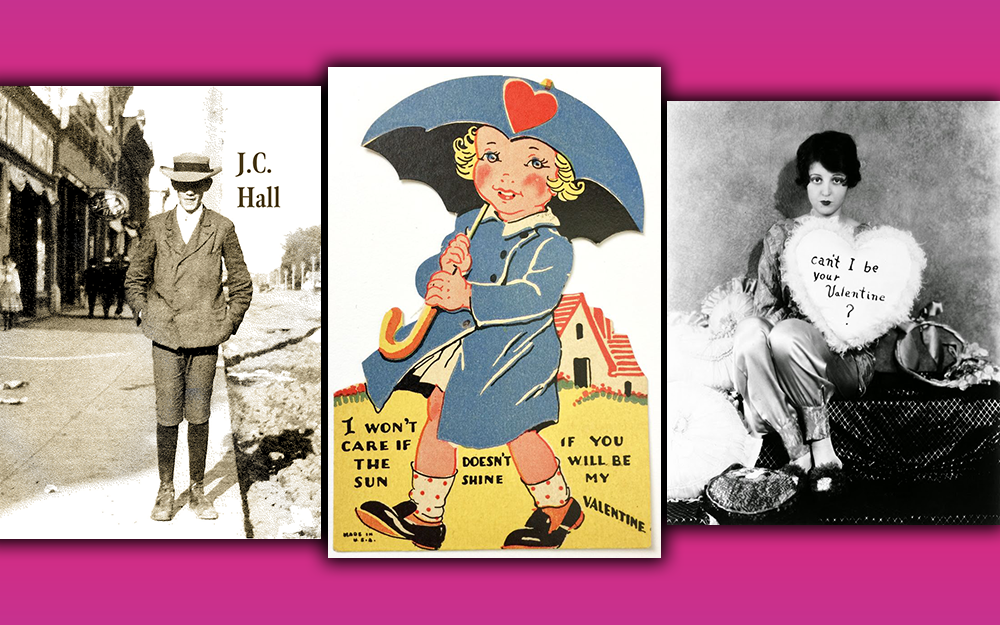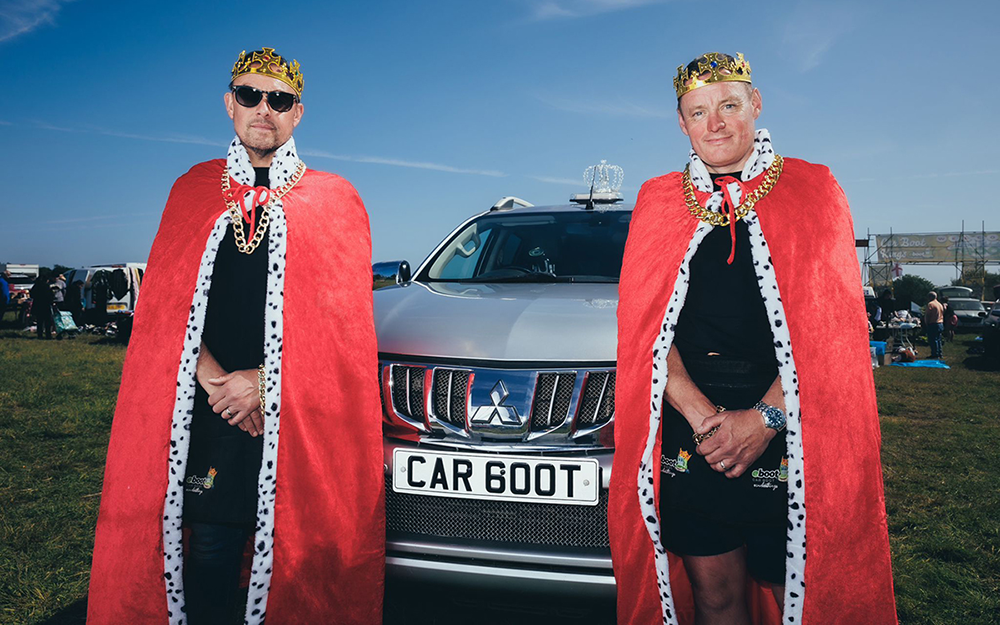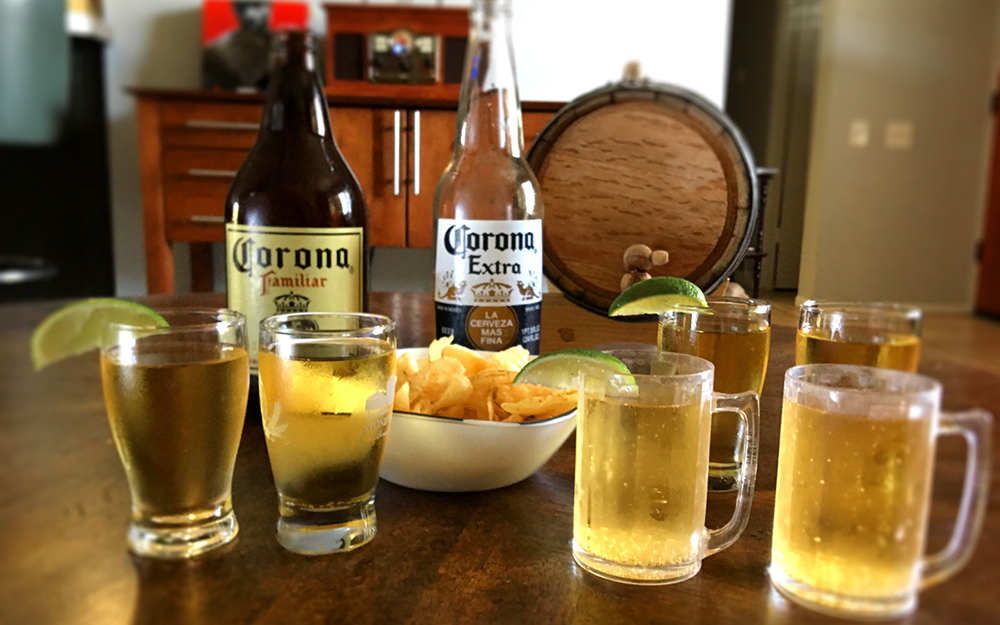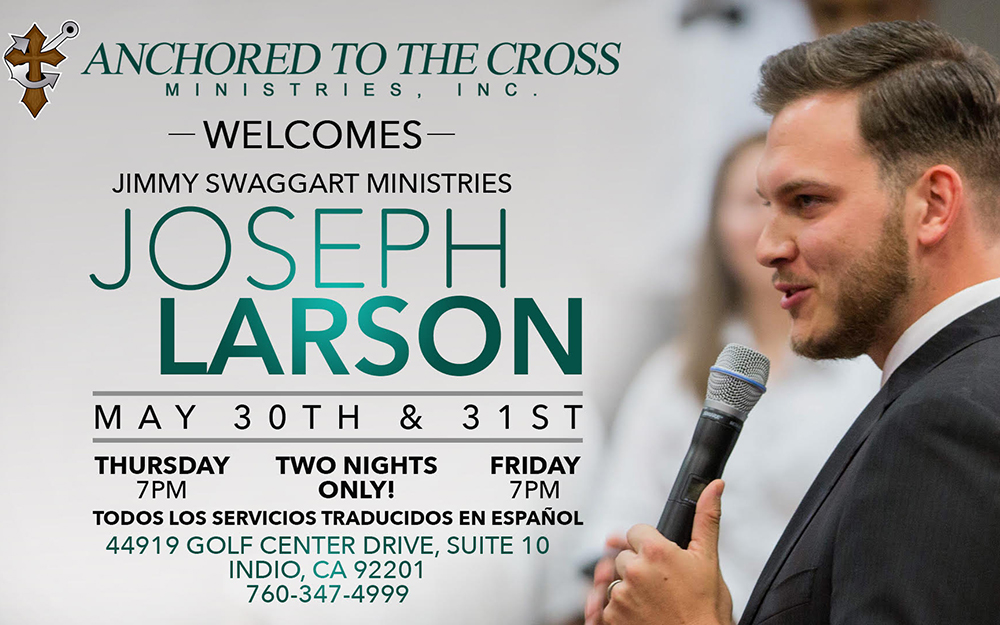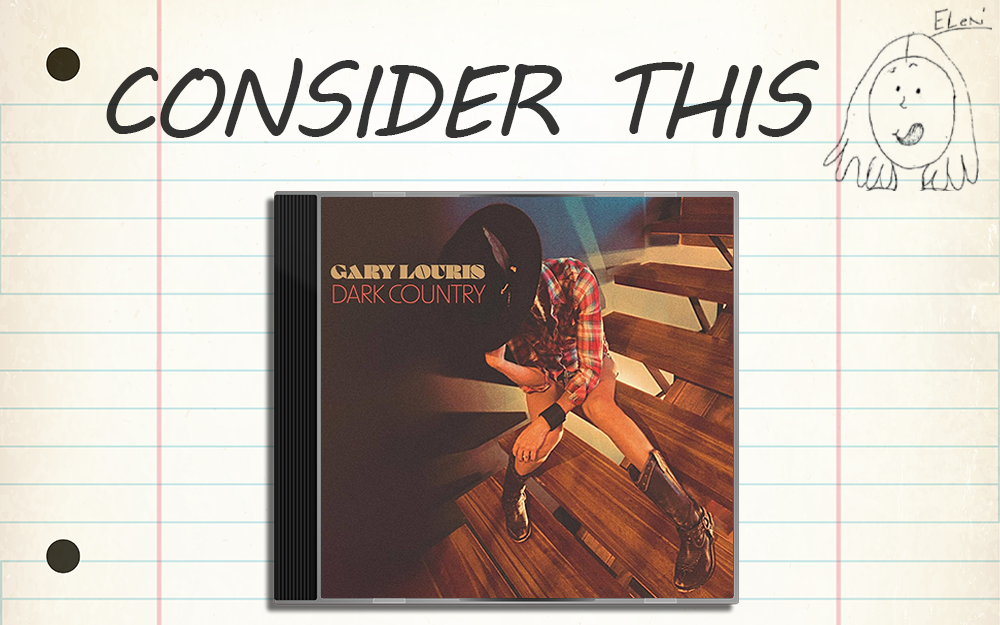
“Dark Country” (Sham/Thirty Tigers Records)
By Eleni P. Austin
The origins of alt.country (sometimes known as Americana) can be traced back to Los Angeles in the mid ‘60s. Former teen idol Rick Nelson, musician and Monkees actor Mike Nesmith and Georgia/Florida transplant Gram Parsons separately (yet simultaneously) hit upon the idea of cross-pollinating Country and Rock & Roll. Although they shared the credit (and each were acknowledged rather belatedly), bands like the Eagles and Poco reaped the rewards, commercially and financially. In fact, the Eagles kind of took it to the limit, so to speak.
Nearly 20 years later, another amalgam emerged, Cow-Punk. Bands like Rank & File, Jason & The Scorchers, The Rave-Ups and The Beat Farmers wed the “aw shucks” sincerity of Country to the snarling nihilism of Punk. While it seemed incongruous on paper, this combustible combination was an astute alliance. In their time, Hank Williams, Sr, Johnny Cash and Jerry Lee Lewis were as Punk Rock as Sid Vicious, Joe Strummer and Dee Dee Ramone. A couple of years later it evolved into alt.country, with bands like Uncle Tupelo, The Bottle Rockets and The Jayhawks carrying the torch.
Jayhawks co-founder Gary Louris was born in Toledo, Ohio in 1955. He was drawn to music at an early age. He took piano lessons as a kid, switching to guitar in his teens. He studied architecture at the University Of Minnesota, receiving his degree in 1977. But he quickly detoured from that career path, as his passion to make music truly took hold.
Soon enough, he was writing his own songs on a recently purchased electric guitar. He joined his first band, Schnauzer, in 1980. Their sets consisted of Garage Rock and British Invasion covers. He caught a break in 1982 when he was added to the line-up of his favorite Minneapolis Roots-Rock outfit, Safety Last. They had already released a well-received EP, and Gary was on-hand for their one and only long-player, 1983’s Struck By Love.
Two years later, Mark Olson (guitars/vocals), Marc Perlman (bass) and Norm Rogers (drums) had joined forces as the Jayhawks. All three were veterans of the Twin Cities music scene. Rather serendipitously, Gary attended their first gig. He struck up a conversation with Mark. He ended up joining the band. Their sound drew from mutual inspirations like Gram Parsons, Bob Dylan’s Nashville Skyline album, The Louvin Brothers and Tim Hardin.
In 1986, The Jayhawks released their self-titled debut on their own Bunkhouse record label. The band took a short hiatus so Gary could recover from a serious car accident. In that interim signed with the Minneapolis indie Twin/Tone, which launched the careers of bands like The Suburbs, The Replacements and Soul Asylum.
Their sophomore effort, The Blue Earth, garnered critical acclaim and caught the ear of producer George Drakoulias. He had already hit a homerun producing The Black Crowes’ 1990 debut. His enthusiasm caused Rick Rubin to sign them to his Def American label. The Jayhawks’ commercial breakthrough happened with their third album, Hollywood Town Hall. Produced by George Drakoulias and released in 1992, it featured hits like “Two Angels” and “Waiting For The Sun.” Both songs went into heavy rotation on MTV and a new radio format, Adult Album Alternative (AAA). The band hit the road opening for The Black Crowes and then Tom Petty & The Heartbreakers.
By now, Gary and Mark were the band’s primary songwriters. Despite the success of their fourth long-player, Tomorrow The Green Grass, Mark quit the band, weary of the road and wanting to spend more time with his wife, singer-songwriter, Victoria Williams. Going forward, Gary became the Jayhawks frontman and de facto leader.
More stellar albums followed, Sound Of Lies, Smile and Rainy Day Music in 1997, 2000 and 2003, respectively. In between Jayhawks commitments, Gary was also part of the boozy, alt.country super group Golden Smog, which included Jeff Tweedy from Wilco, Kraig Johnson from Run Westy Run, Dan Murphy and Dave Pirner from Soul Asylum and Jody Stephens from Big Star.
The Jayhawks took an extended break following their Rainy Day album. A couple years later Gary began collaborating with his old compadre Mark Olson, which resulted in their 2008 duo album, Ready For The Flood. He also found time to record his first solo effort, Vagabonds. When the Jayhawks returned to the studio to make their eighth long-player, Mark Olson was back on board. Following their tour, he jumped ship, just ahead of 2016’s Paging Mr. Proust, 2018’s Back Roads And Abandoned Motels and 2020’s XOXO. A year later, Gary released a second solo record, the playful Jumping For Joy. Now he has returned with his third, Dark Country.
The record flutters to life with “Getting Older,” Smoky harmonica washes over strummy acoustic guitar, that kinda-sorta echoes the chord changes on The Jayhawks’ breakthrough hit, “Waiting For The Sun,” but here, the sun seems to be setting. Authoritative piano notes underscore lyrics that advocate for change: “You hear that voice inside your head, don’t drown out what is being said, so blue yet seeing red, alive yet feeling dead.” Dense, yet delicate guitars sidle across swooping harmonica and plangent piano on the break as the sweet chorus offers a bit of a carpe diem: “And time won’t wait for you to make decisions in the dark, while breaking each other’s hearts, it’s time we make a new start, and we’re just getting older.” Guitars and piano tangle on the instrumental coda.
Two more tracks seem to tackle the impending threat of geezerhood, “Better To Walk Than To Run,” and “Dead Porcupine.” The former is a spare and bare-bones, just plaintive vocals and shimmering guitars. Lyrics offer up some hard-won wisdom: “In the blink of an eye, it all rushes by, did we find what we were after, were we filled with laughter, or left only in tears.”
The latter exhibits a Stonesy swagger that recalls the Beggar’s Banquet era. Sturdy acoustic riffs are bookended by ramshackle bottleneck notes. Gary’s mien is conversational even as it feels like the end is nigh: “The trees don’t lie and the clouds don’t cry unless they hide the sun, the moon creeps deep into my restless sleep and makes me come undone/Moss and stones on brittle bones, the atmosphere is heavy, East of here the Trail Of Tears is overgrown with Ivy.” The chorus unfurls like haunting a cri de Coeur: “Oh my baby, never leave me, oh my baby, never leave me.”
In recent interviews, Gary has said this album is a love letter to his wife, Stephanie. Those songs stretch across the length of this record, beginning with “Couldn’t Live A Day Without You.” Sun-dappled guitars partner with sturdy keys as Gary gently caresses sweet encomiums like “You are the air that I breathe, every day you give me a a reason to believe, forgive me when I fail ya, I get crazy once and a while.” Following the chorus, he floats some tender “doo-do-do-doo’s” that conjure comparisons to the late, great Harry Nilsson.
“By Your Side” shares some musical DNA with Neil Young’s “After The Gold Rush.” A majestic string arrangement and woozy harmonica accents wraps around this piano-driven ballad. Gary essentially bares his soul: “I walked a fine line, between the dark and the light, and then I met you and my forever home fell within my sights, a little bungalow, and you my darling wife, yeah, I’ll be by your side, yeah, I’ll be by your side.”
Gary executes a stylistic 180 on “Living On My Phone.” Straying from his alt.country roots, the song is powered by pastoral guitars and bloopy keys. The quiescent arrangement, matched by the percolating instrumentation leans closer to Elliott Smith than Merle Haggard. Melancholy lyrics sketch out the eternal disconnect that accompanies life on tour: “The hours they disappear, tell me have they been wasted, I am, am I not here, what tail have I been chasing, I’d trade it all away for just a moment or a day I could be with you.”
Although two tracks don’t explicitly address marital bliss, they are love songs just the same. “Blow ‘Em All Away” drafts off thematic blueprints like Big Star’s “13” and Bruce Springsteen’s “Thunder Road.” The longing to get out from under oppressive surroundings is palpable. Guitars ring as and piano chords ripple and wistful pedal steel threads this aural tapestry. Lyrics like “We’ll steal your Daddy’s car, roll down the window and ride on the breeze, we’ll live on what we got, and our love, she’s gonna blow ‘em away,” suggests the typical teenage rebellion, but the following verse: “I don’t care what people say, if they don’t like us they can look the other way, we’ll go walking arm in arm, we don’t mean nobody harm, we’re just livin’ our lives, doin’ the best we can,” indicates there’s more at stake. There’s an ache to “Listening To Bobby Charles” that has less to do with playing the music of the late, underappreciated Louisiana musician, then it does navigating the occasionally rocky shoals of romance. Keening harmonica runs lattice liquid acoustic arpeggios across a sunny melody. The songs of Bobby Charles are meant to soothe the ruffled feathers of marital misunderstanding: “Flying solo without a wing, hard through the sideways rain, with a foggy feeling, broken but still working overtime, I’m dodging bullets, still living the dream/There listening to Bobby Charles, beneath the blue suburban sky, I feel like a drunken shark, smelling the blood and wondering why.”
Other interesting tracks include “Redefining Love,” which is an ode making music and finding love. Then there’s “Helping Hand,” a jittery declaration of friendship and the surprisingly muscular “Two Birds,” which celebrates the power of two.
The album closes with a faithful take on the Harry Nilsson deep cut, “Perfect Day.” Filigreed fretwork is buoyed by gossamer strings and beatific “ahh-ahhs.” This minor-key masterpiece originally appeared on Harry’s 1977’s Knilsson album. Gary does little to alter this ethereal soundscape, even jettisoning his usually reedy tenor in order to replicate Harry’s three and a half octave range. Lyrics like “Ride with me, glide with me, stay by my side with me through the night, ride on the wings of the angels of love who are on our on our side,” is right in line with the themes he’s explored here. Ultimately the perfect way to end this record.
While Gary played most of the instruments himself, writing and recording the album in his home studio in the mountains of Quebec, he received some superstar assists from Eleanor Whitmore and Stephen McCarthy. Eleanor, best known as half of the alt.country duo The Mastersons, added string arrangements and played violin. Stephen, a founding member of The Long Ryders and an occasional Jayhawk, played pedal steel, electric and baritone guitars and co-wrote “Better To Walk Than Run.”
It seems wholly apropos that the record will be released on Valentine’s Day.







